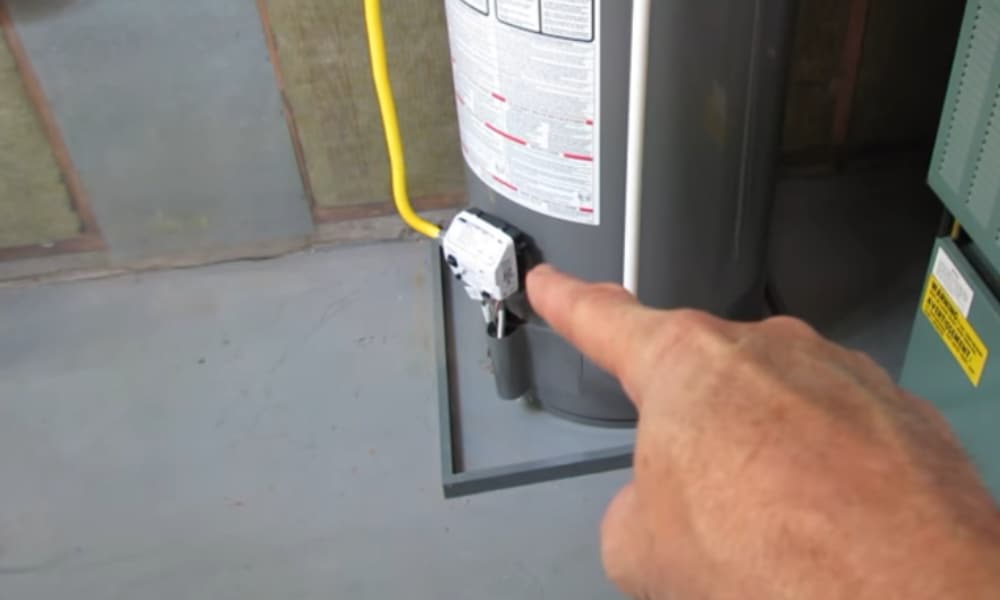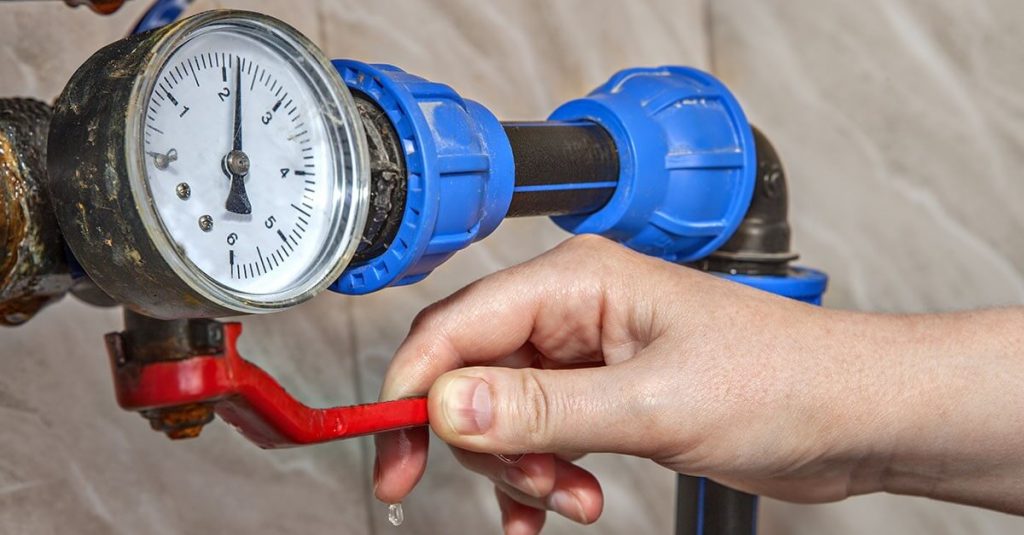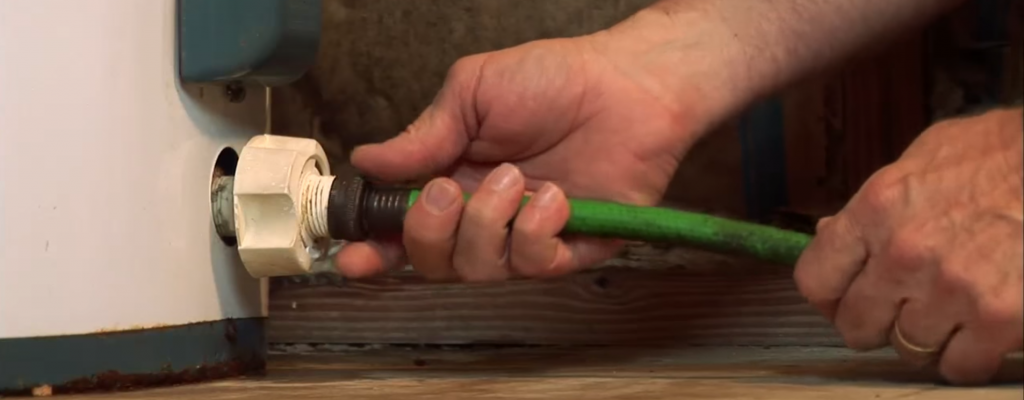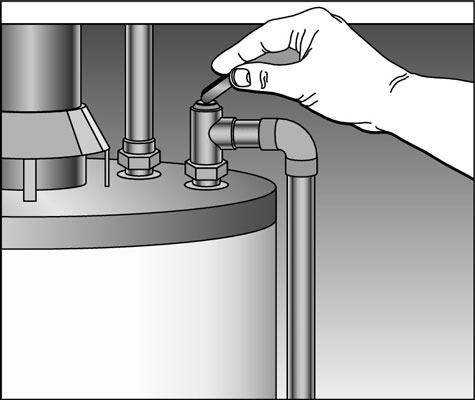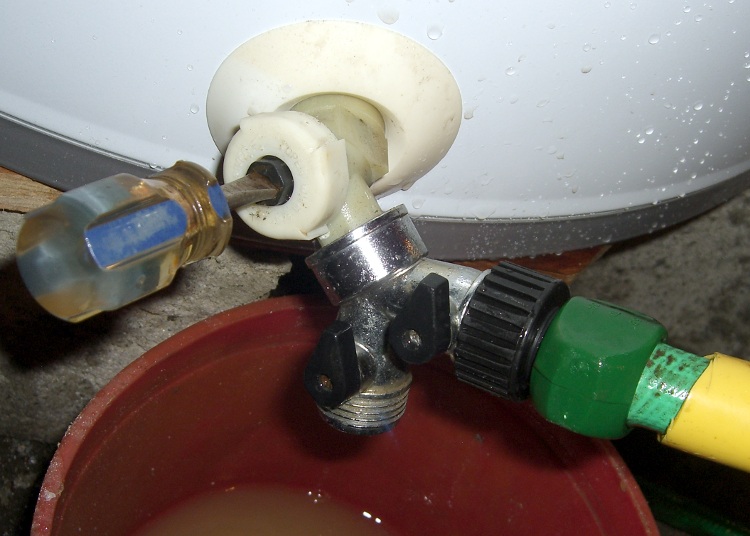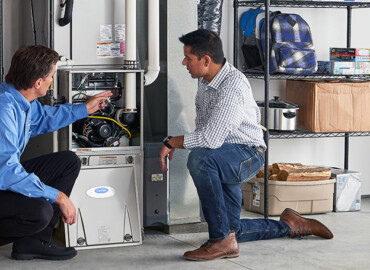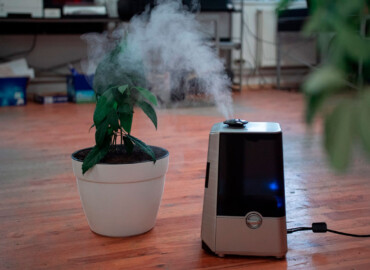How to handle a broken Water Heater
Imagine planning a nice warm bath after a cold day only to find it broken when you get home. Water heaters are a home staple, especially during the freezing winter days. So, what happens when the water heater breaks? You have to deal with ice-cold water for bathing and dishwashing the whole time. Read on so you’ll know what to do when it happens.
How To Know When a Water Heater Breaks?
Depending on the cause of the breakage, your water heater may show these indicators that it is broken.
- Loud and rumbling noises inside the tank
- Leaking pipes can lead to a water pool under the tank or flood the room
- Brown rusty water flowing around the house
Common Reason Why Water Heater Dies or Breaks.
There are several reasons why a water heater breaks, and it is best to check for these factors to avoid the hassle of emergency repairs. Also, check the signs that your water heater is dying
1. Water Heater Age
Standard heaters last for only about eight to twelve years. The wear and tear will eventually slow down the healing process and will cause higher electricity and fuel consumption. Check the serial number to see your heater’s manufacturing date.
2. Sediment Build-Up
Commercial hard water contains minerals that get deposited at the bottom of the tank. The minerals create a layer at the burner that insulates the water being heated. This causes the burner to overheat and weaken the tank.
3. Internal Pressure
The safety valves manage the pressure inside the tank. However, prolonged use can wear it down over the years. If too much pressure is unreleased, it will leak and burst water in the room.
What Should You Do When Your Water Heater Breaks?
These are the initial steps, so you know what happens when the water heater breaks in your home.
Step 1 – Turn Off the Water Heater
Prevent the machine from always running especially when there’s a burst already in the heater. This can minimize more damage to the heater and lessen the danger of electrocution.
Step 2 – Turn Off the Water Source
Stop more water from coming into the tank if it’s broken already. Dial the valve on your heater clockwise until it stops. If that doesn’t work, turning off the entire home’s water supply can be an option.
Step 3 -Drain the Water Heater
This is a crucial step to starting the repair. You will need a hose that fits the drain valve to pump out the water. The drain valve is usually just below the water heater. You can follow the instructions shown on how to drain water.
Step 4 -Release the Pressure
Open the heater’s pressure relief valve, usually found at the side of the heater or the top. When releasing, lift the valve gently and prepare a bucket to catch the water that will spill out. Be careful since the water will be boiling.
Step 5 -Rinse with Cold Water
Turn on the water to flush out the sediments built up inside the tank. Please make sure the water flow gets around the bottom of the tank to clean it out.
Conclusion
Having water heaters provide comfort in your home on colder days. It is best to check it regularly for maintenance to avoid a major breakdown. If ever you are faced with a situation like that, there are simple steps you can initially do to fix it. However, if the initial five steps didn’t work, it’s time to call the professionals and has it checked for you. This is better than trying to fix it and possibly doing irreparable damage.
Smile HVAC will not only assist you in repairing broken water heaters, but we can also install and provide repair and maintenance services for you. You can contact us at 437-777-4555.
FAQ
What should I do if my water heater is broken?
If your water heater is broken, the first thing you should do is turn off the power supply to the water heater. If it is an electric water heater, turn off the circuit breaker; if it is a gas water heater, turn off the gas supply valve. Then, shut off the water supply to the water heater.
Can I repair my broken water heater, or do I need to replace it?
The answer to this question depends on the extent of the damage. In some cases, a broken water heater can be repaired. However, if the damage is extensive or the water heater is old and inefficient, it may be more cost-effective to replace it.
How do I know if my water heater needs to be replaced?
Signs that your water heater may need to be replaced include frequent breakdowns, rust or corrosion on the tank, leaking water, and a lack of hot water supply. Additionally, if your water heater is over 10 years old, it may be time to consider replacing it.
How can I prevent my water heater from breaking in the future?
Regular maintenance and inspection of your water heater can help prevent future breakdowns. Have a licensed professional inspect your water heater and replace any worn or damaged parts. Additionally, flush your water heater once a year to remove sediment buildup.

